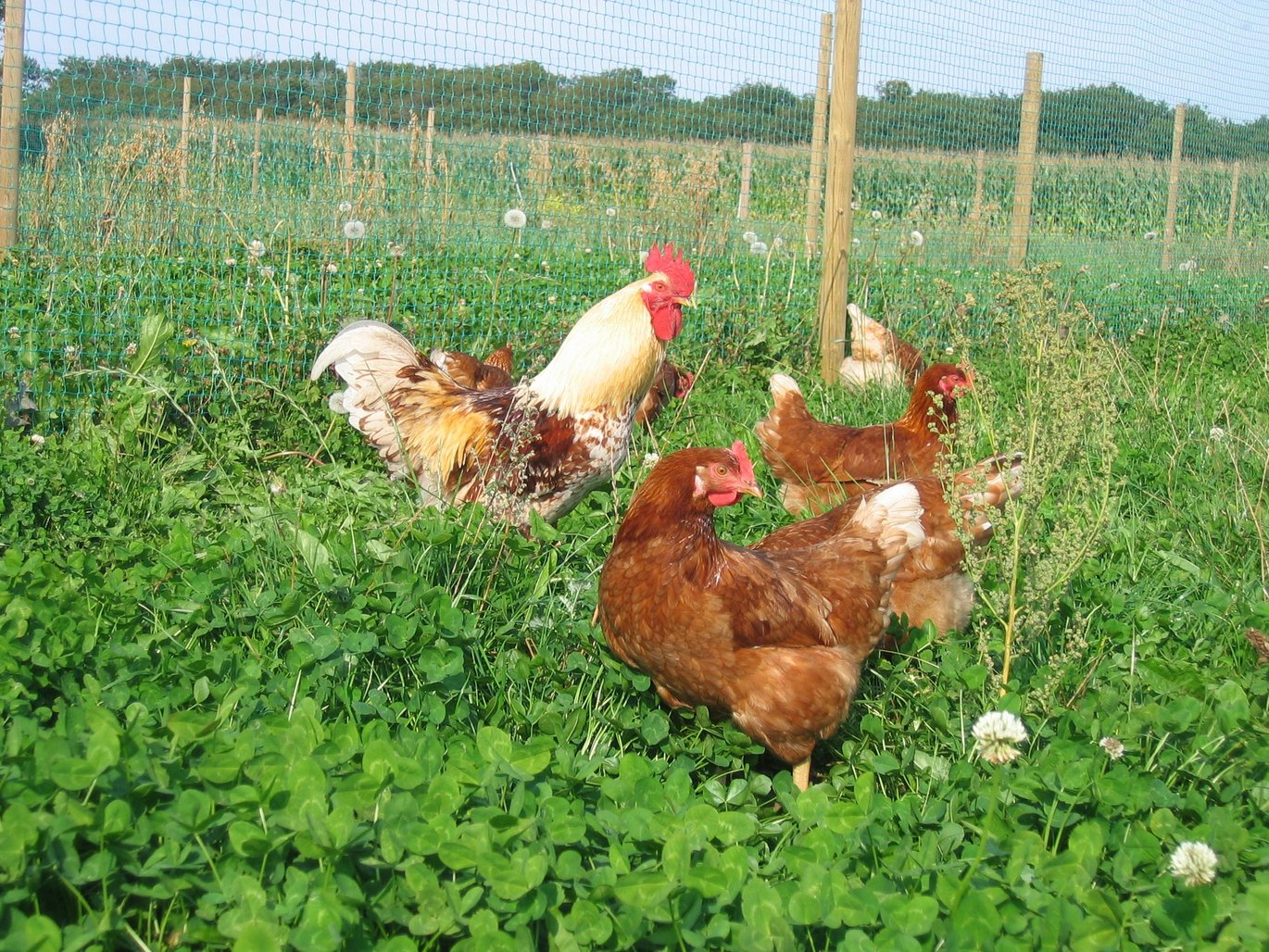Danish green protein and mussel meal for organic poultry and pigs is a possibility
Researchers from Aarhus University have investigated the possibilities for growing Danish protein feed for organic pigs and poultry. The alternatives include legumes, protein from green biomass and mussel meal.

Today, up to five percent of the diet of organic pigs and poultry may include non-organic feedstuffs. However, the EU Commission is preparing the ground for a transition to 100 percent organic feed. It will be a challenge for Danish organic farmers to provide sufficient organic feed and ensure that most of the feedstuffs are grown in or near Denmark in order to maintain the principles of sustainability.
To shed light on the issue, the Ministry of Environment and Food of Denmark requested Aarhus University to create an overview of the opportunities for producing protein feed in Denmark as part of Aarhus University’s agreement on the provision of research-based policy support.
Shortage of Danish protein feed
Previous studies from Aarhus University have shown that Denmark has a feed protein shortage of approximately 50 percent. The present study describes the challenges of sustaining a sufficient production of organic feed in Denmark but identifies a number of alternative protein sources.
- In the long-term perspective, we believe it will be possible to feed pigs and poultry organic protein grown and produced in Denmark. However, this will require that we focus on various types of protein sources, that organic farmers use feeding strategies that take advantage of the quality of roughage, and that the animals are given the opportunity to eat plants, insects and worms in their outdoor areas, says Senior Researcher Sanna Steenfeldt from the Department of Animal Science at Aarhus University. She is one of the authors of the report.
Legumes such as lupines, horse beans (broad beans) and peas have a high protein content, and can grow in Denmark. However, the methionine content is low and the crops are therefore not an ideal protein source for poultry. Other sources, such as rapeseed, hemp, common sainfoin seeds and quinoa, can contribute as important sources of amino acids in monogastrics.
Another option is the cultivation of soybeans, as soybeans constitute an excellent source of protein and amino acids for pigs and poultry. Experiments with soybean production in the south of Denmark produced excellent results with high-quality soybeans. However, new varieties should be identified with a view to ensuring higher yields in order for soybeans to come into consideration as a major, locally grown protein source.
Mussels and green protein on the menu
It is possible to extract protein from green biomass such as red clover, grass-clover and lucerne by means of bio-refining.
- Researchers from Aarhus University are currently examining the pros and cons of feeding poultry and pigs this green protein feed. The results from the preliminary experiments are promising, says Sanna Steenfeldt.
Mussels may also be a new protein source in pig and poultry feed, as mussel meal is high-quality protein feed. However, it is a challenge to keep costs at a reasonable level when producing the meal, for example with regard to removing the shells.
You can read more in the report ”Dansk proteinfoder til økologiske, enmavede husdyr – faglige muligheder og udfordringer” (in Danish) published by DCA – Danish Centre for Food and Agriculture.
For more information please contact
Senior Researcher Sanna Steenfeldt, Department of Animal Science, Aarhus University, email: sanna.steenfeldt@anis.au.dk, telephone: +45 87 15 80 74
